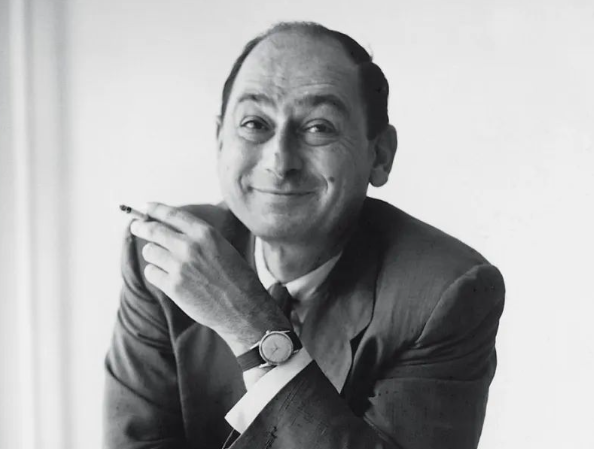
文章来源:网站:设计本
本文所涉全部内容,均来源于网络,如有侵权,请联系我们删除
乔治 • 尼尔森(George Nelson)是 20 世纪最重要的设计实践者、理论家和传播者之一。他被广泛认为是美国现代主义的先驱之一。由于受到美国经济大萧条的影响,在耶鲁大学完成建筑专业学习之后,尼尔森Nelson申请了欧洲建筑奖学金(architectural fellowships in Europe)并获得了著名的罗马奖(Rome Prize),他于1932年至1934年间在意大利生活和学习。
在此期间,尼尔森Nelson遍游欧洲,学习伟大的建筑,并采访了一些在二十世纪最有影响力的建筑设计大师,包括勒·柯布西耶(Le Corbusier),路德维希·密斯·凡德罗(Ludwig Mies van der Rohe),沃尔特·格罗皮乌斯(Walter Gropius)和吉奥·庞蒂(Gio Ponti)。
从20世纪30年代早期开始,建筑批评和理论写作(Architectural criticism and theory writing)成为尼尔森Nelson整个职业生涯的持续思想输出,当时他首次在《Pencil Points》和建筑类杂志上发表了绘画作品和文章,并为《Pencil Points》撰写了主要现代主义设计师的简介。
回到美国后,他在纽约的《建筑论坛》(The Architectural Forum)找到了一份工作,并一步步晋升为该杂志的副主编和《财富》(Fortune)杂志的副主编。尼尔森Nelson的职业生涯并不是直线发展的,而是多向延申发展(sprouted offshoots)。
不久后,他便在新闻出版,建筑设计委托和创新展览等领域同时开展工作。他的工作从来不是关于产出,而是关于过程和以任何情况要求的方式解决问题。(The work was never about the output, but about the process and the solving of problems in whichever way a circumstance demanded)
1941 年,尼尔森Nelson加入耶鲁大学建筑系,在那里他开发了许多创新概念,包括他的“大街上的草地”提案(“Grass on Main Street" proposal,1942 年)中的步行街购物中心(pedestrianized shopping mall)。他还通过他设计的 Storagewall (1944) 开创了内置存储的概念(concept of built-in storage)。
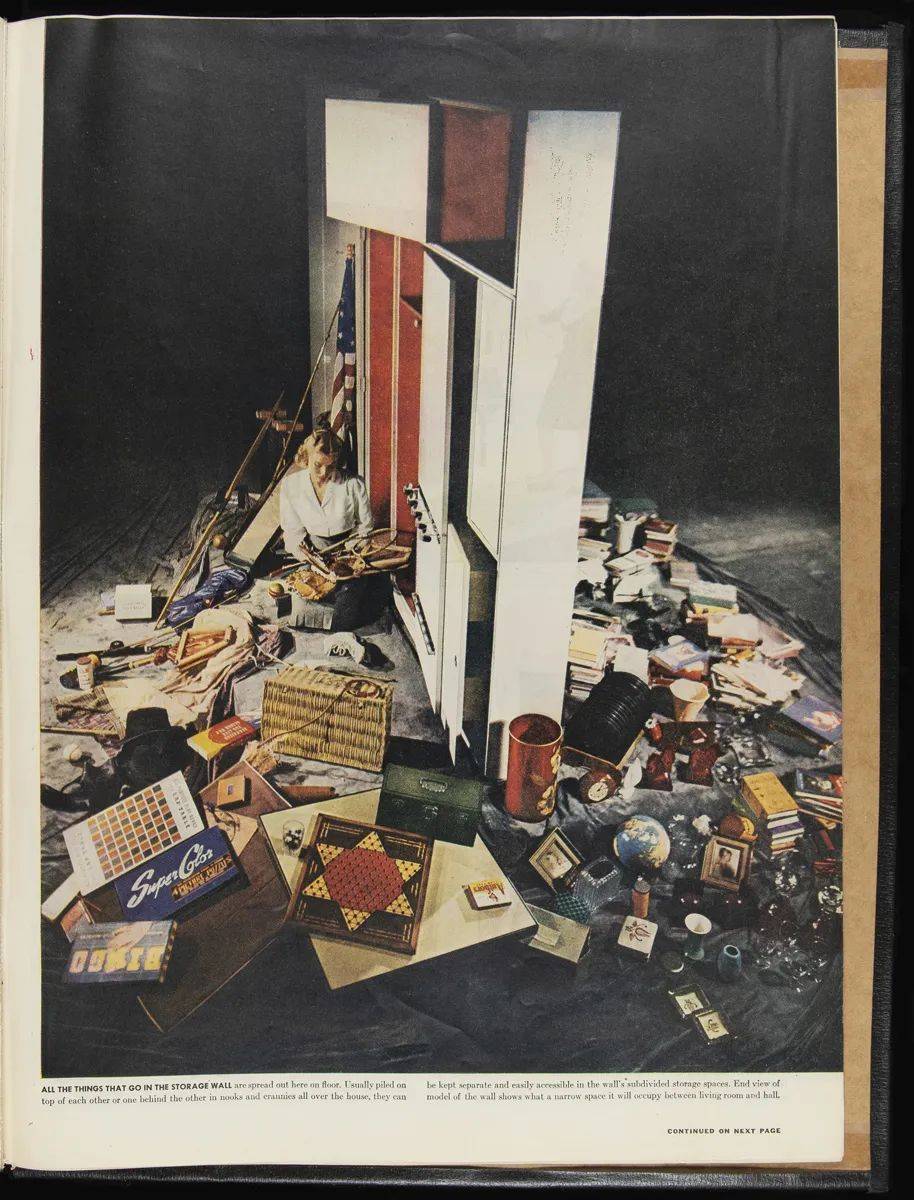
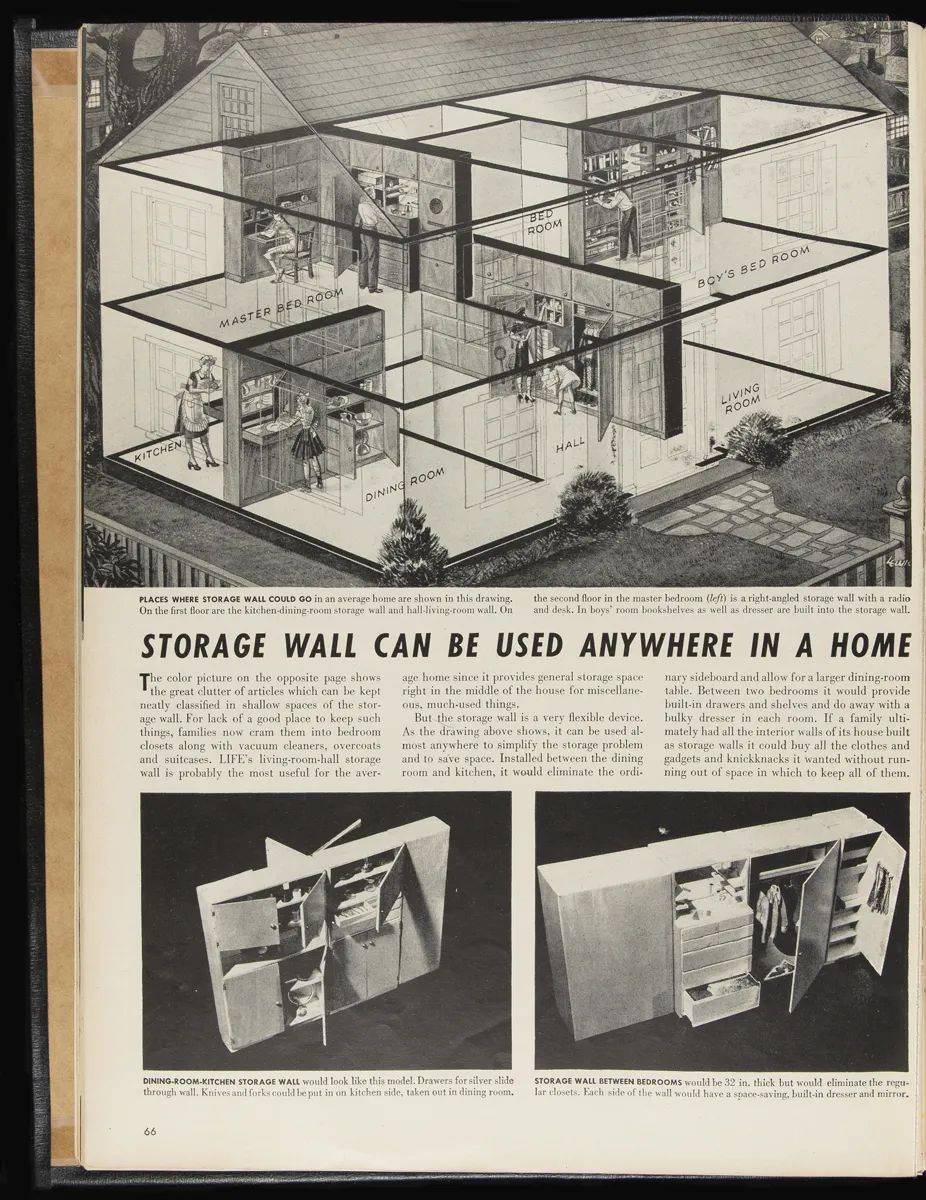
Storagewall with the concept of built-in storage, 1944
1946 年,乔治 • 尼尔森(George Nelson)成为赫曼·米勒(Herman Miller)公司的设计总监——他一直担任该职位到 1972 年。在此期间,尼尔森Nelson为该公司设计了许多现代家具,包括综合存储系统 (the Comprehensive Storage System,1957) 和革命性的开放式办公 I 系统 (Action Office I system,1964-1965)。
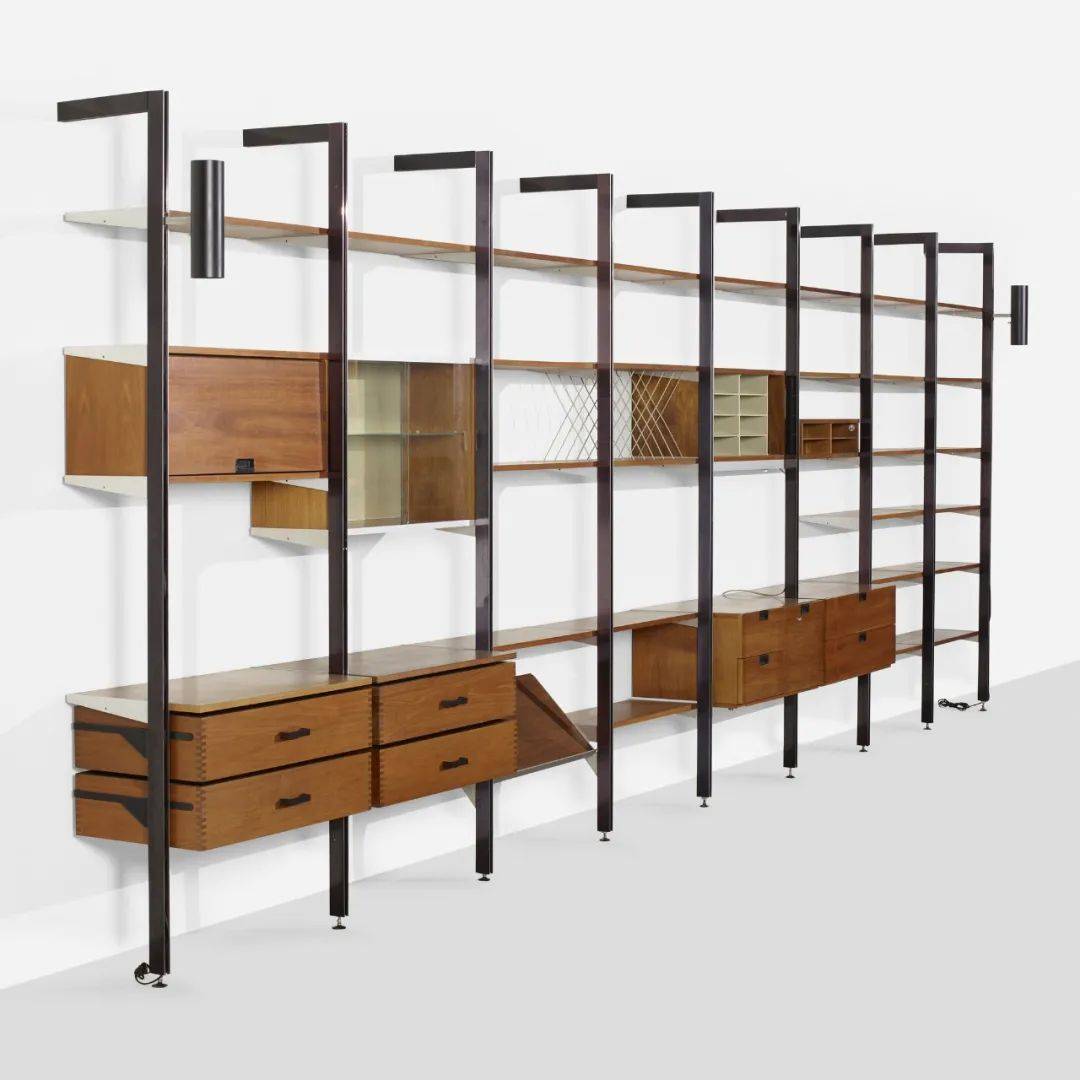
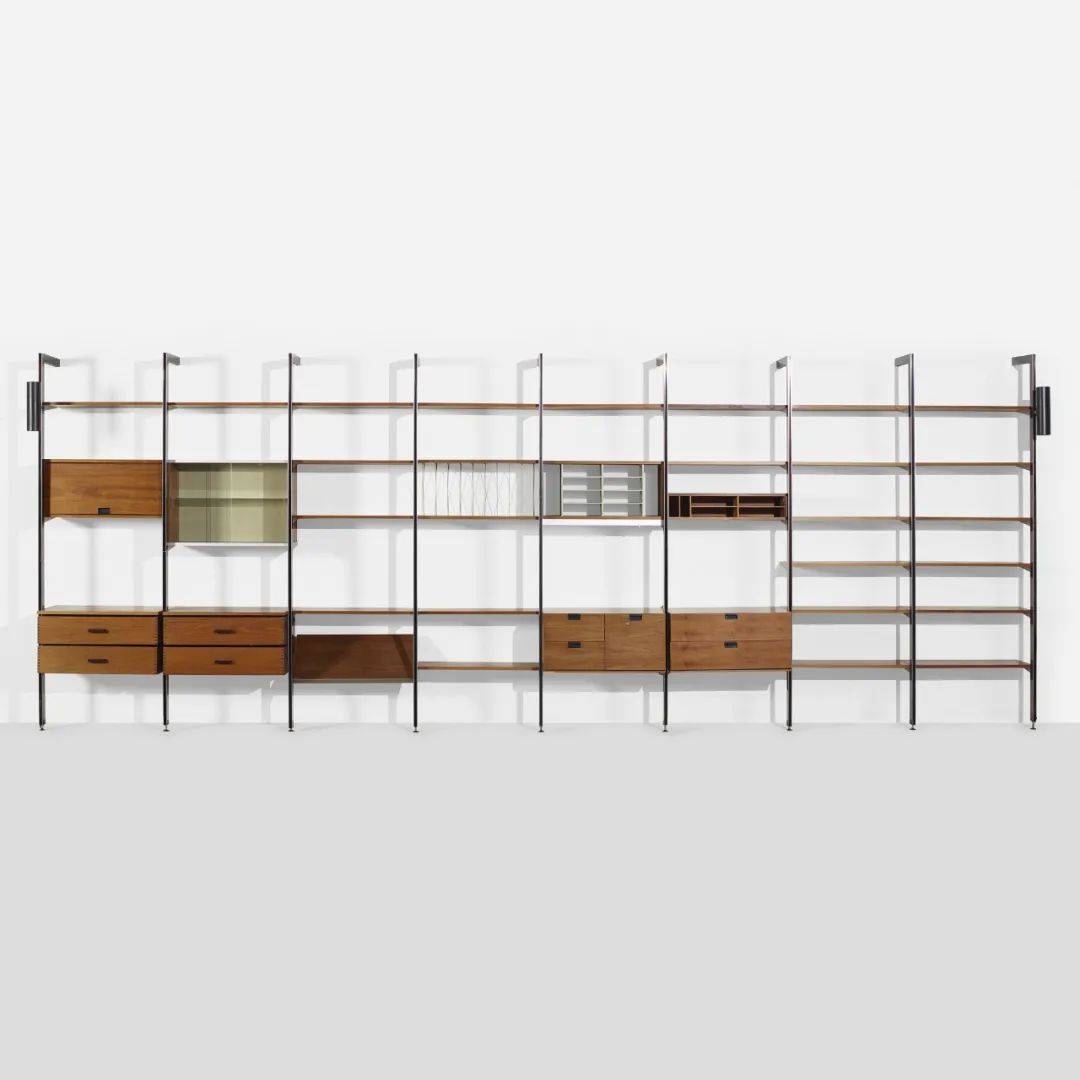

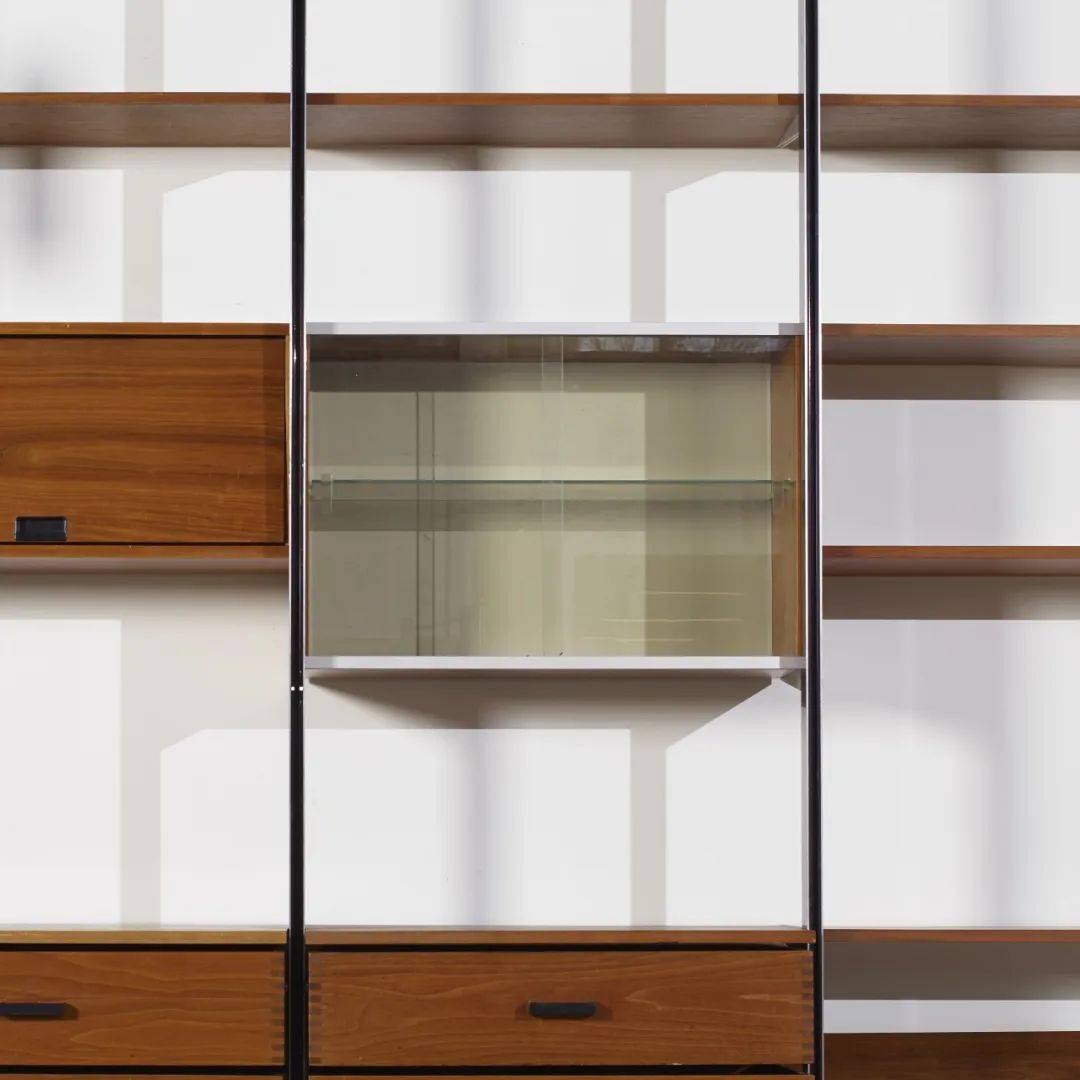
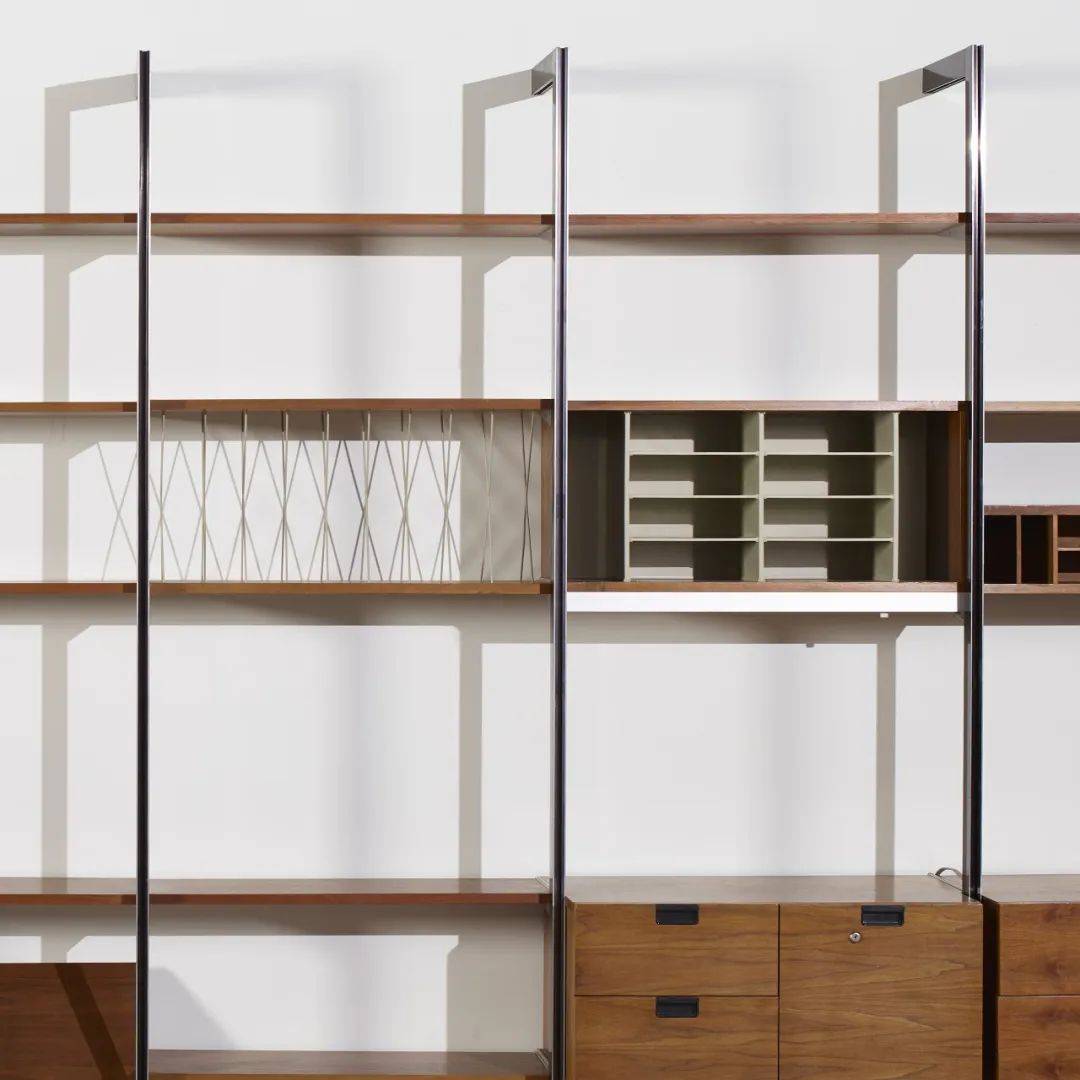
The Comprehensive Storage System,1957
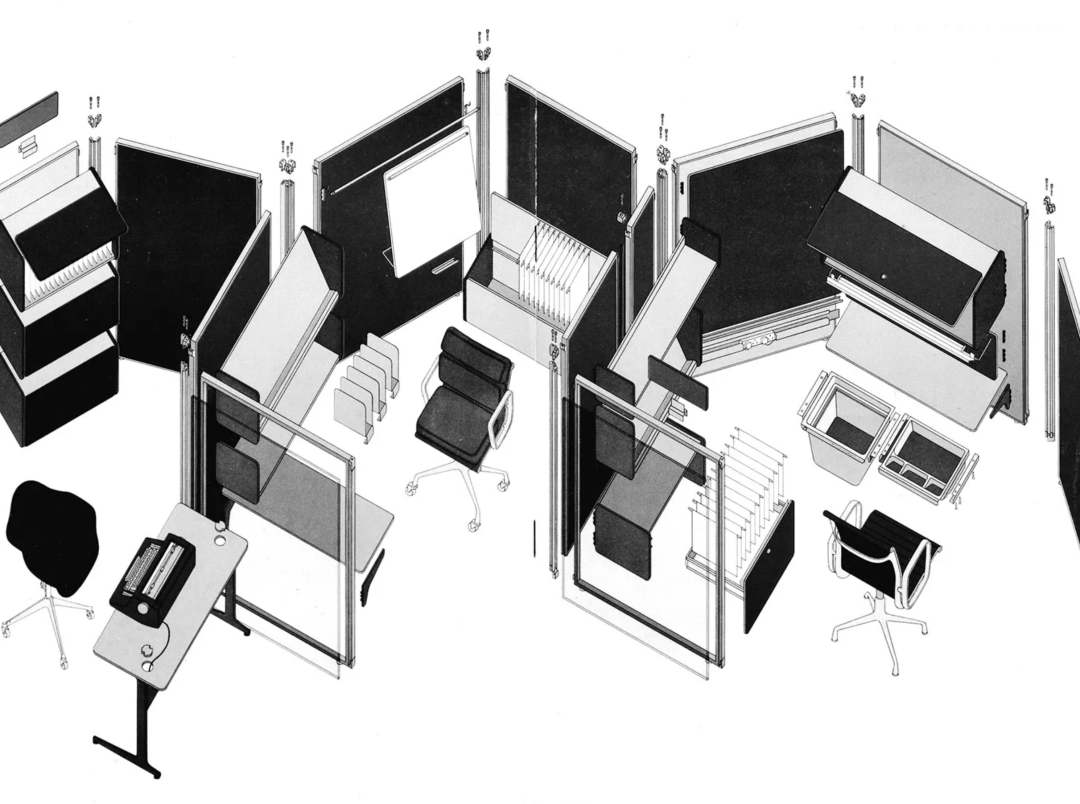
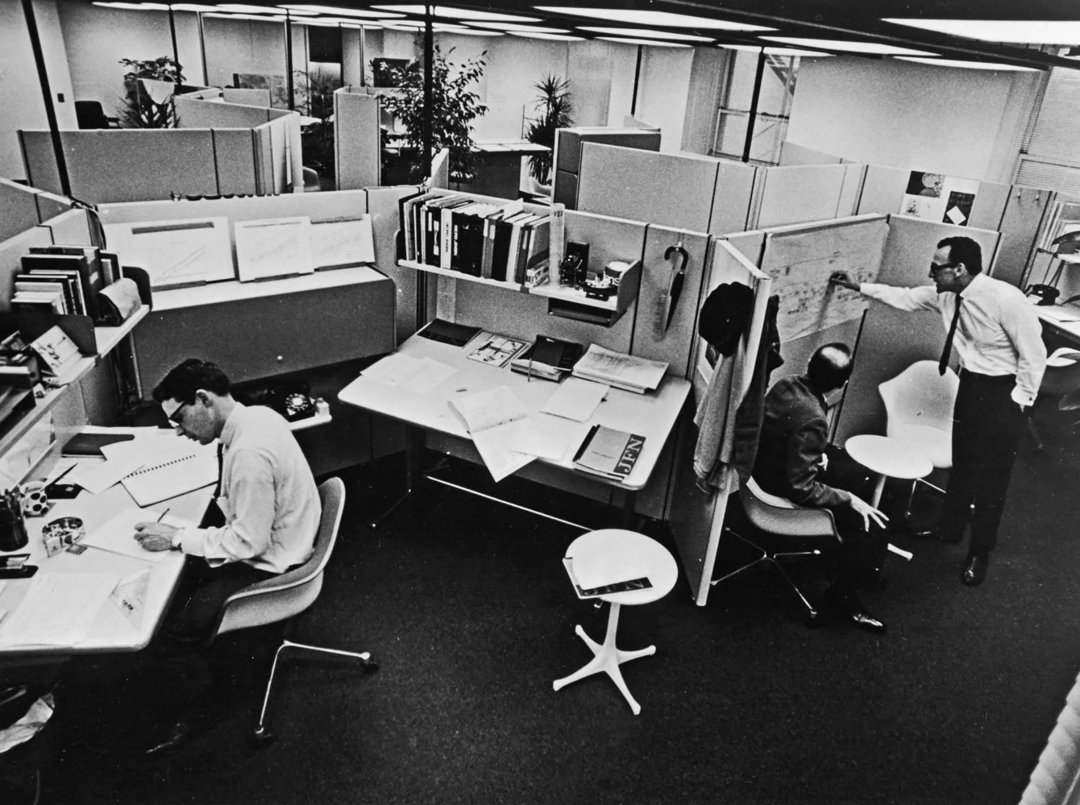

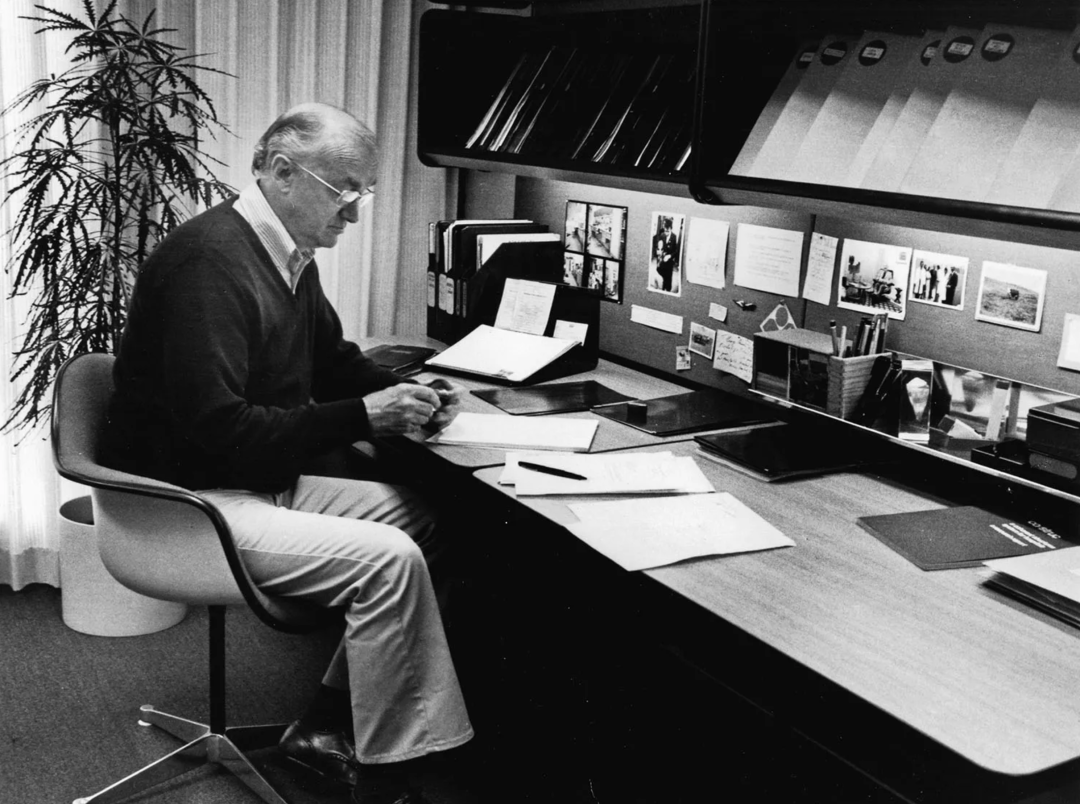
Action Office I system,1964-1965
尼尔森Nelson曾写道,赫曼·米勒(Herman Miller)公司“不是在玩跟风游戏”(is not playing follow-the-leader)。
这也是为什么他自己的公司George Nelson & Associates与赫曼·米勒(Herman Miller)合作超过25年,引领设计走向现代的原因之一。
作为一位多产的工业设计师,尼尔森还为 Pro-Phy-Lac-Tic Brush Co.公司 (1952 -1955) 设计了 Prolon 密胺餐具系列(Prolon melamine line of dinnerware),为 Howard Miller Clock Company公司(20世纪40年代末和50年代初)设计了许多挂钟和台钟(wall and table clocks),由自织带塑料制成的泡泡灯 (Bubble lamps made of self-webbing plastic, 1947-1952) 和为Dunlap公司设计的 Omni 挤压铝杆系统(Omni extruded aluminium pole system)。
尼尔森Nelson还对产品架构感兴趣,并设计了一个模块化的塑料圆顶实验屋(modular plastic-domed Experiment House,1957 年)。
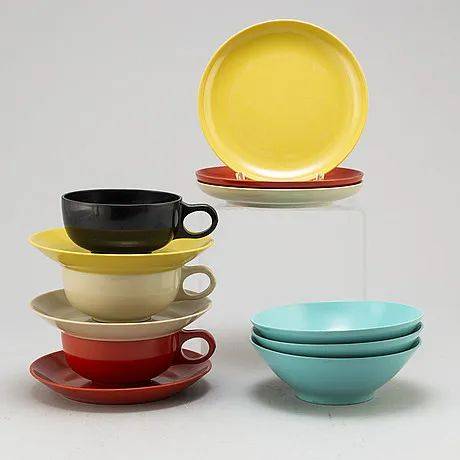
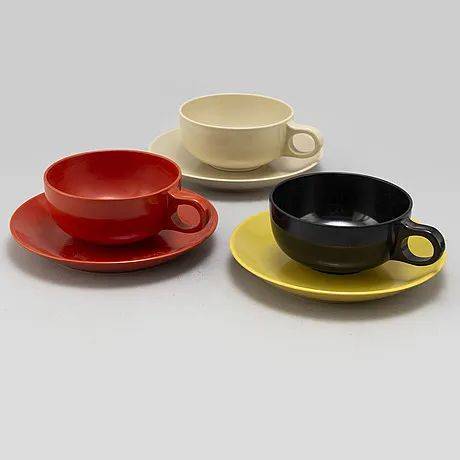

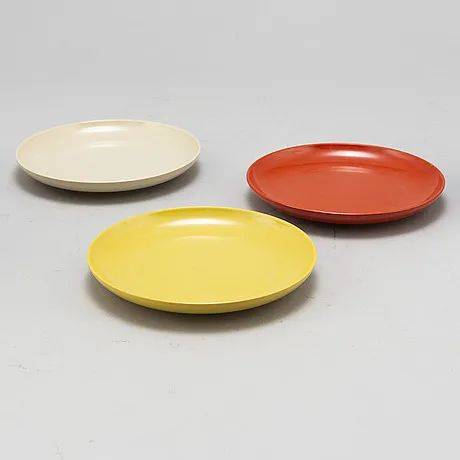
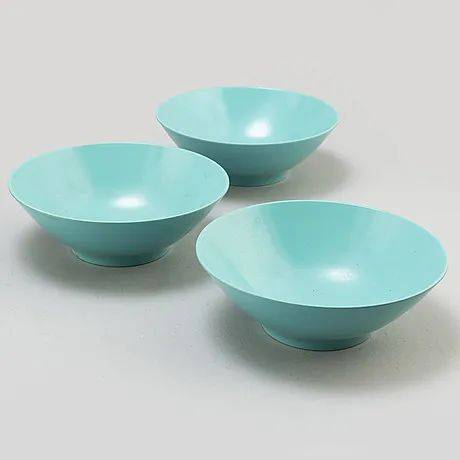

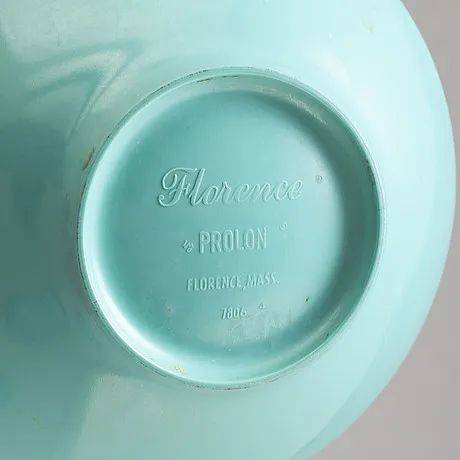
GEORGE NELSON, a coffee set, Prolon, USA 1950's. Plastic, 3 cups with plates, 3 bowls, 3 plates, height of cup 5 cm, diameter of plate 15 cm.
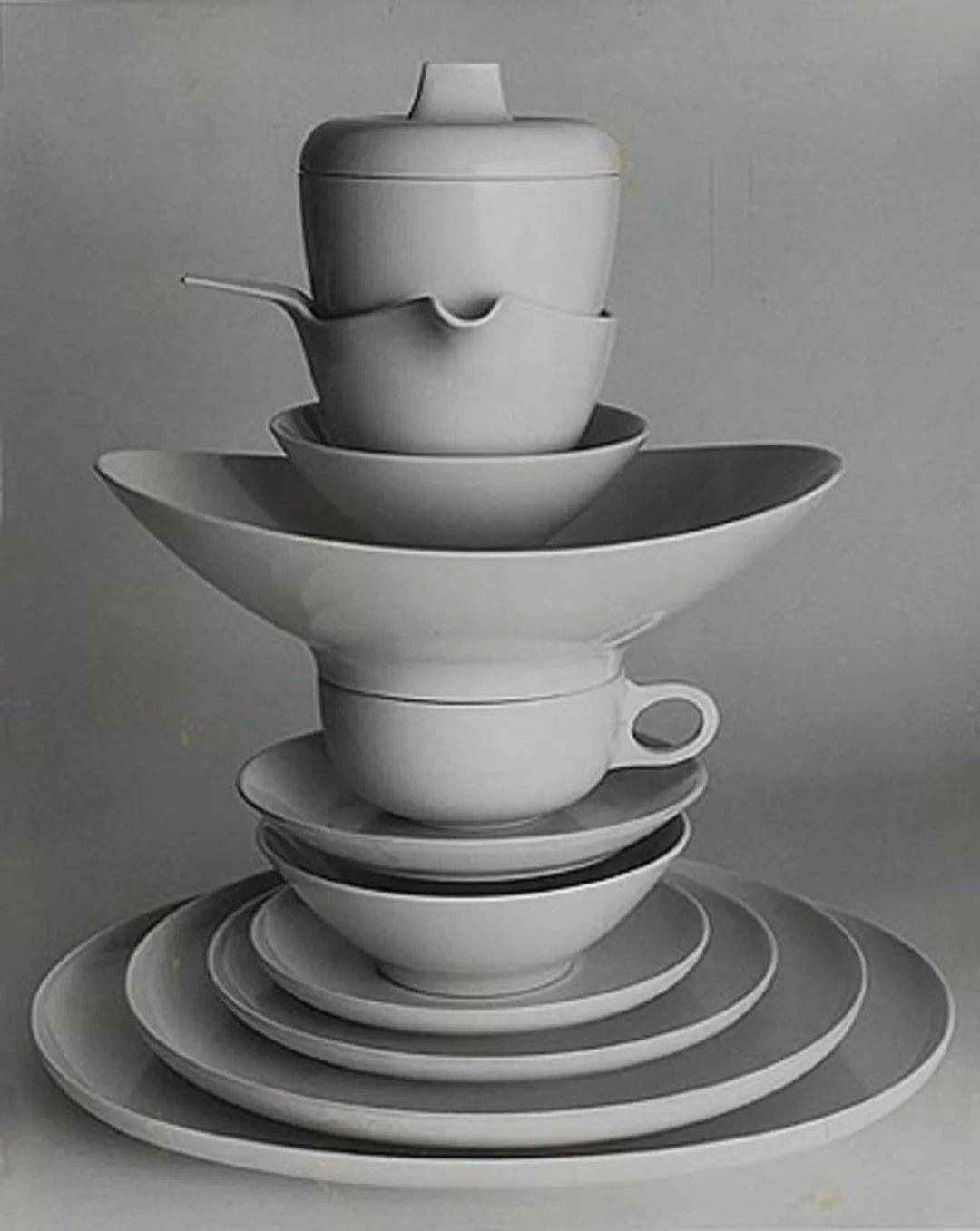
Nelson and Associates developed the Prolon line of dinnerware in molded melamine plastic from 1952-1955. This image was photographed by Jerry Sarapochiello, a long time member of the Nelson design staff.
尼尔森Nelson说,对于一个设计师来说,要创造性地处理人类的需求,“他必须首先与他认为是反人类的所有价值观彻底地,有意识地决裂。“(“he must first make a radical, conscious break with all values he identifies as antihuman.”) 设计师还必须不断意识到他们的行为对人和社会的影响。事实上,他宣称“整体设计只不过是将一切与万物联系起来的过程。” 所以他说,设计师要培养广泛的知识和理解力的基础,而不是专业化。“设计是对社会变革的反应。”(Designers also must constantly be aware of the consequences of their actions on people and society. In fact, he declared that “total design is nothing more or less than a process of relating everything to everything.” So he said that rather than specializing, designers must cultivate a broad base of knowledge and understanding. Design is a response to social change.)
乔治 • 尼尔森(George Nelson)的理念极具影响力和前瞻性——1978 年,他正确预测计算机技术的进步将导致“小型化、短暂化、非物质化”(miniaturization, ephemeralization, dematerialization)的更大规模发展。他在 1979 年说:“人类的需求是多变的而且经常是不可预测的;它们当然是不可量化的;它们是复杂的,微妙的和神秘的。”(Human needs are variable and frequently unpredictable; they certainly are not quantifiable; they are complex, subtle and mysterious)
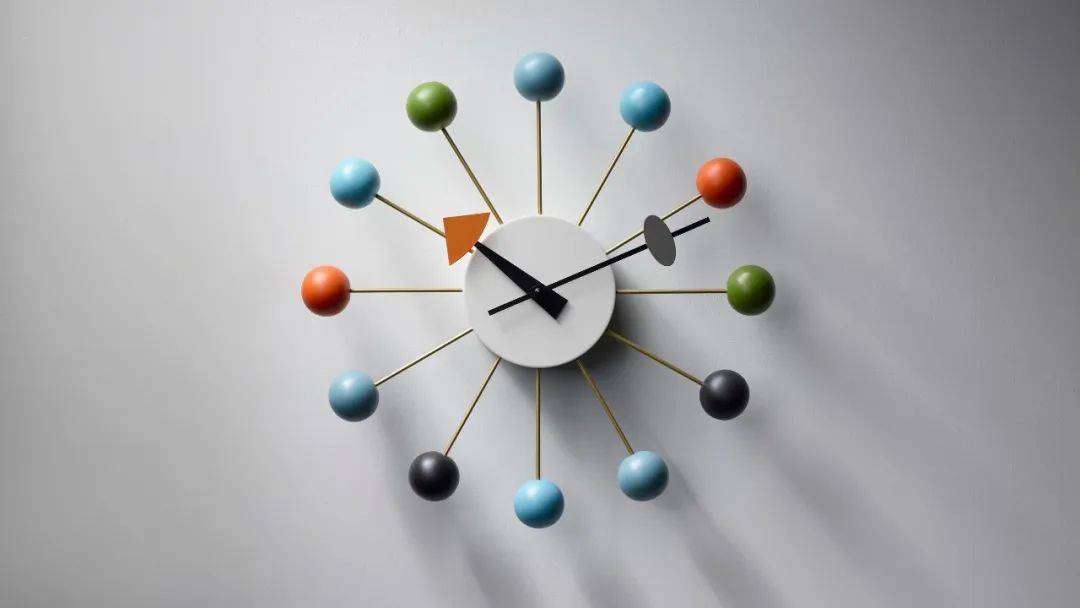
George Nelson’s ball clock from 1949.
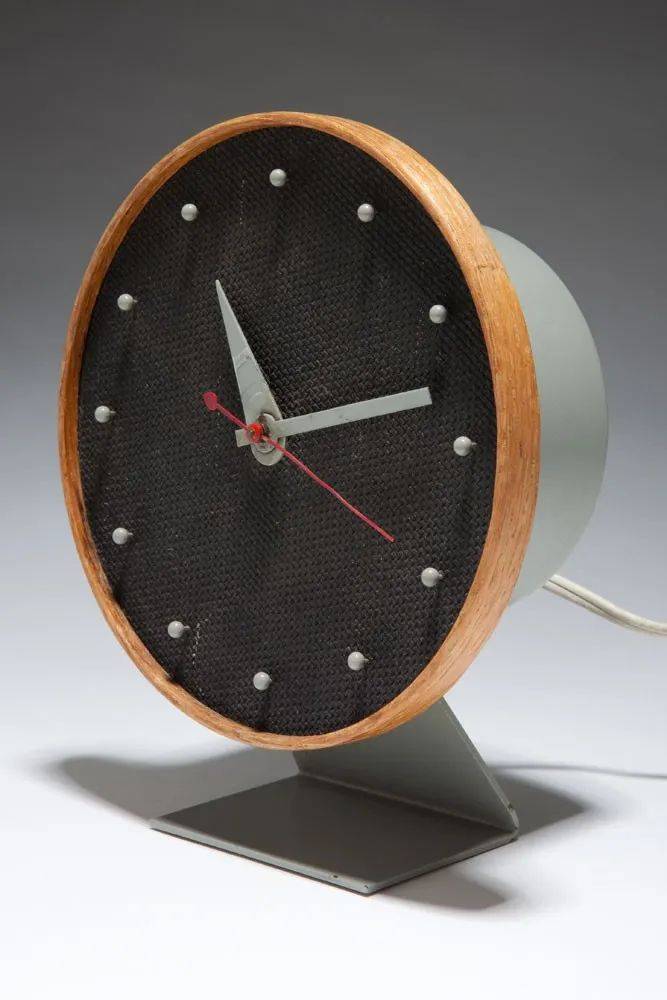
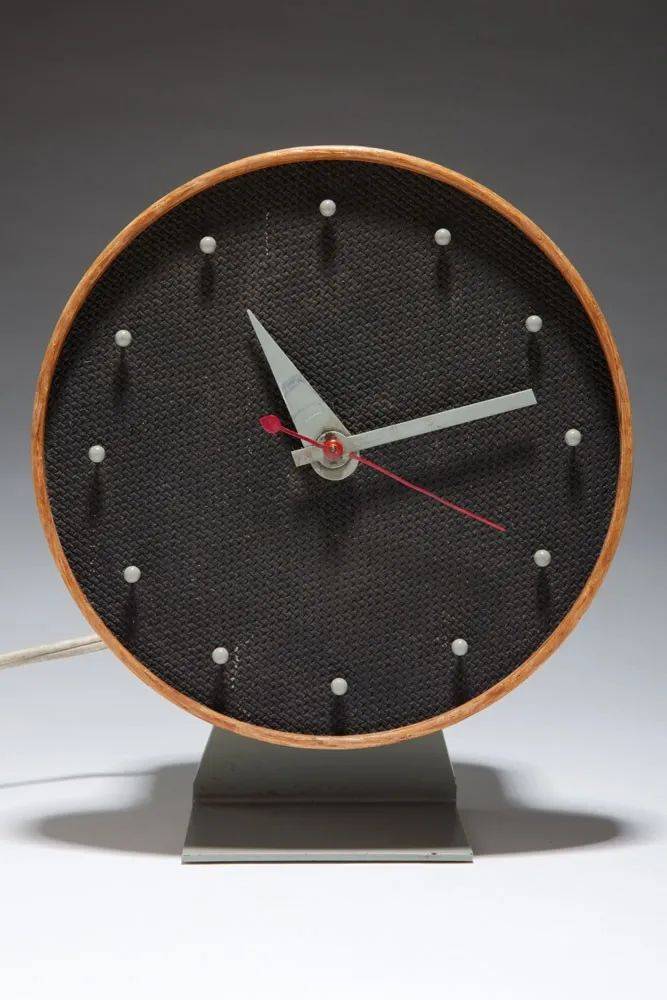
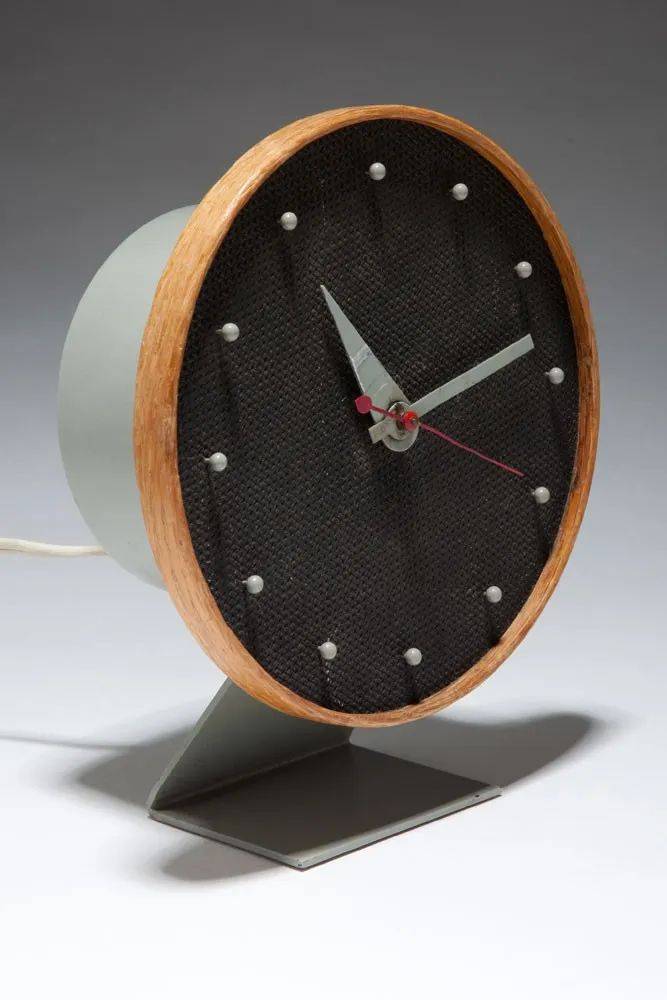

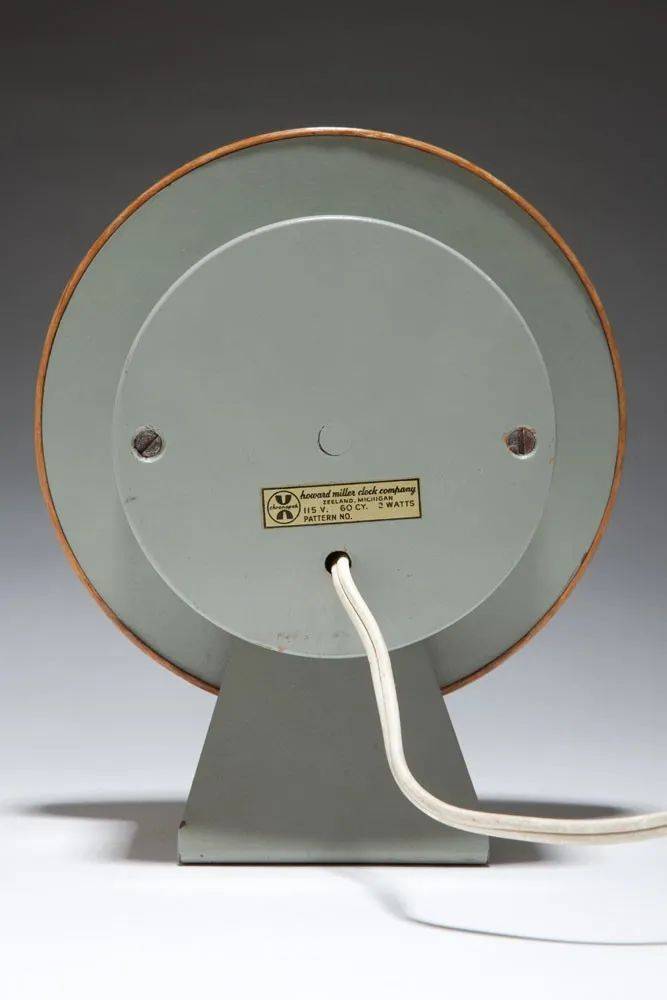
George Nelson "Masonite" 4767 Mid-Century Table Howard Miller Clock
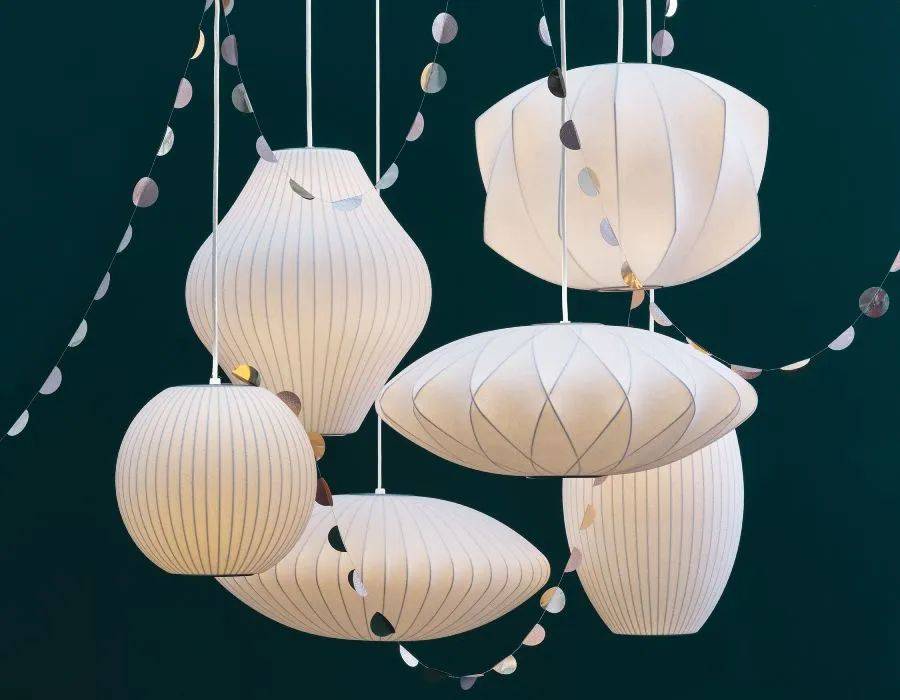
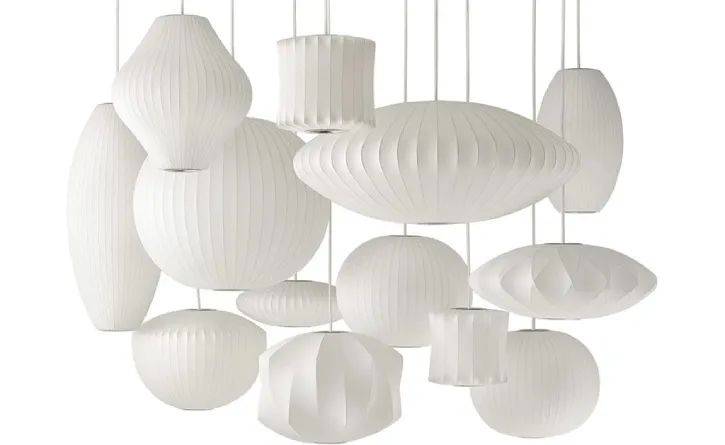
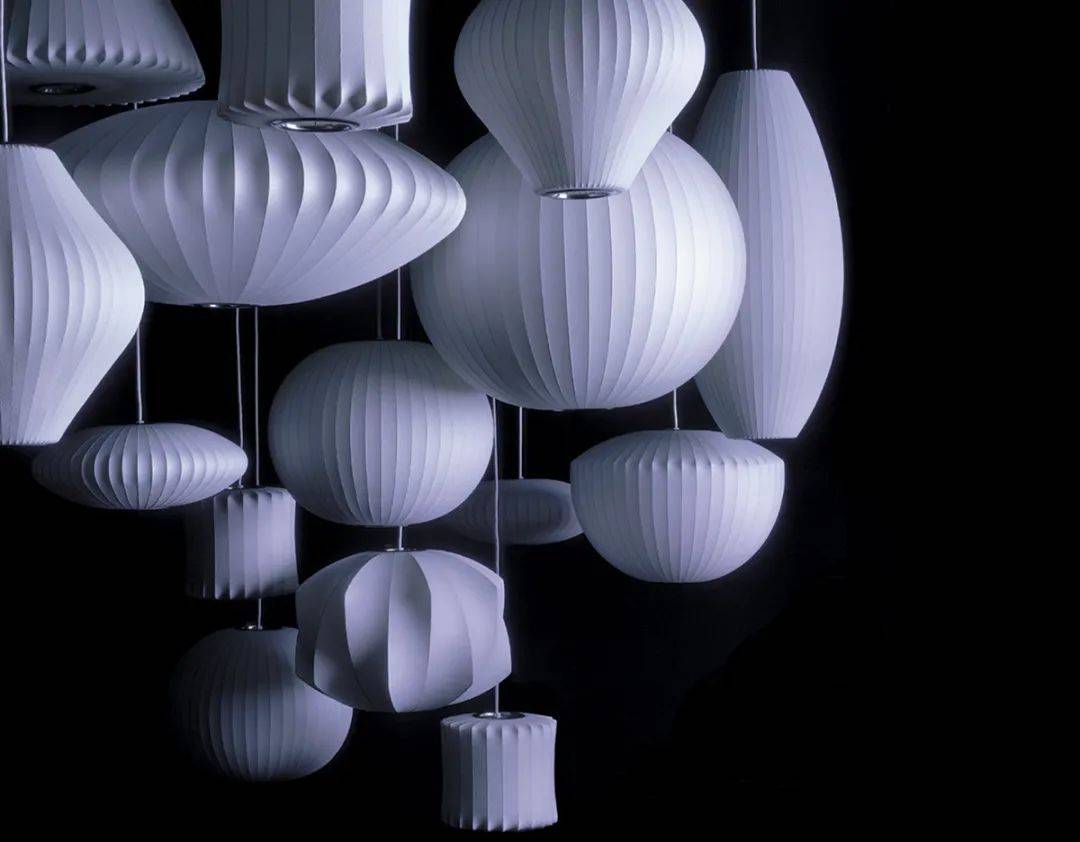
George Nelson's Bubble Lamp

Omni extruded aluminium pole system
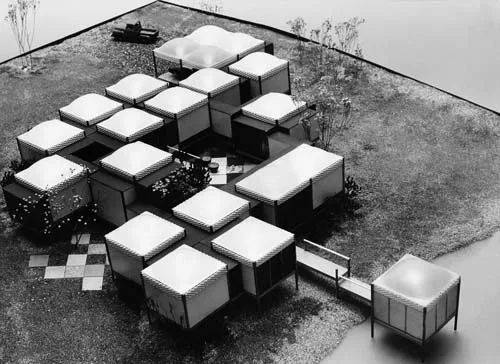
Modular plastic-domed Experiment House
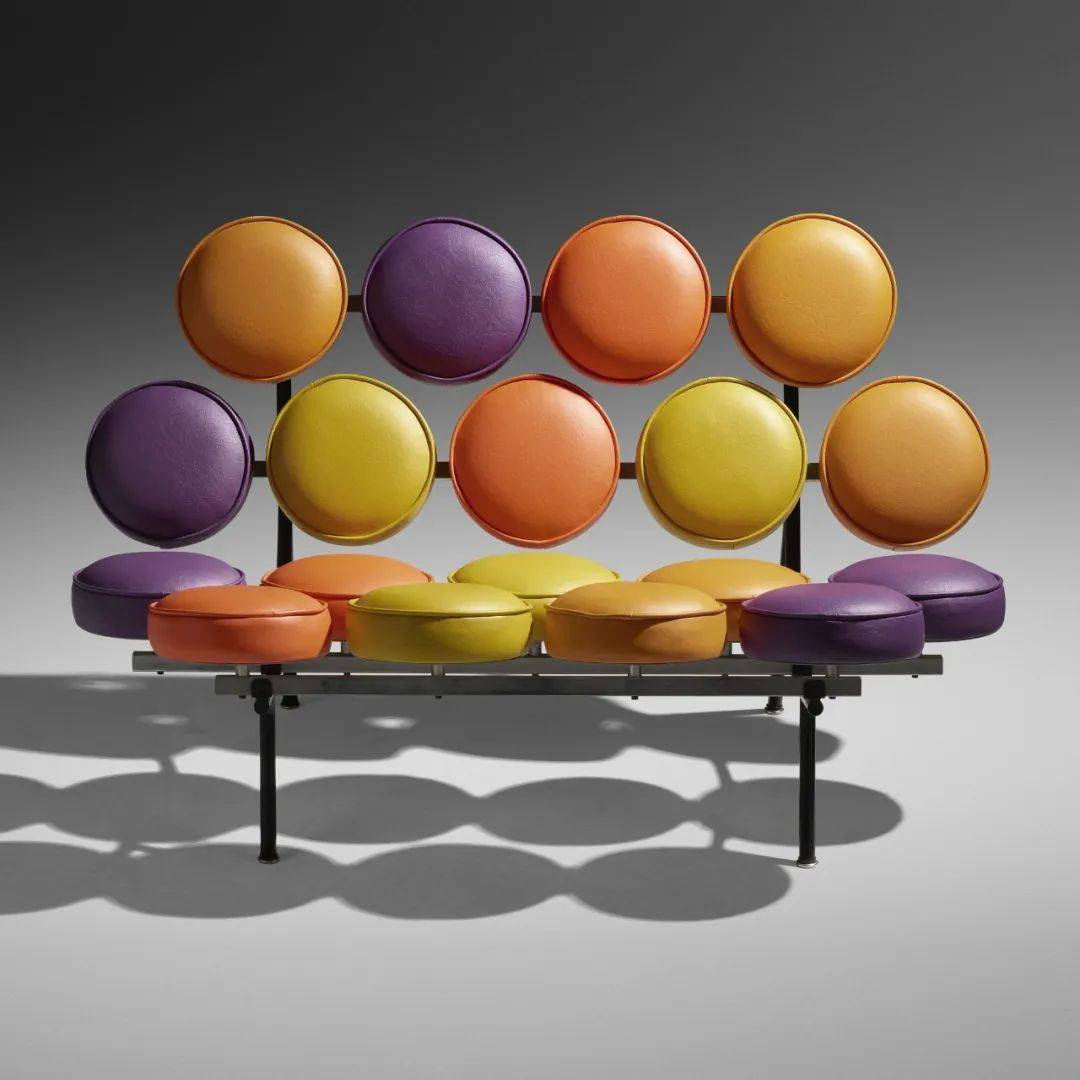
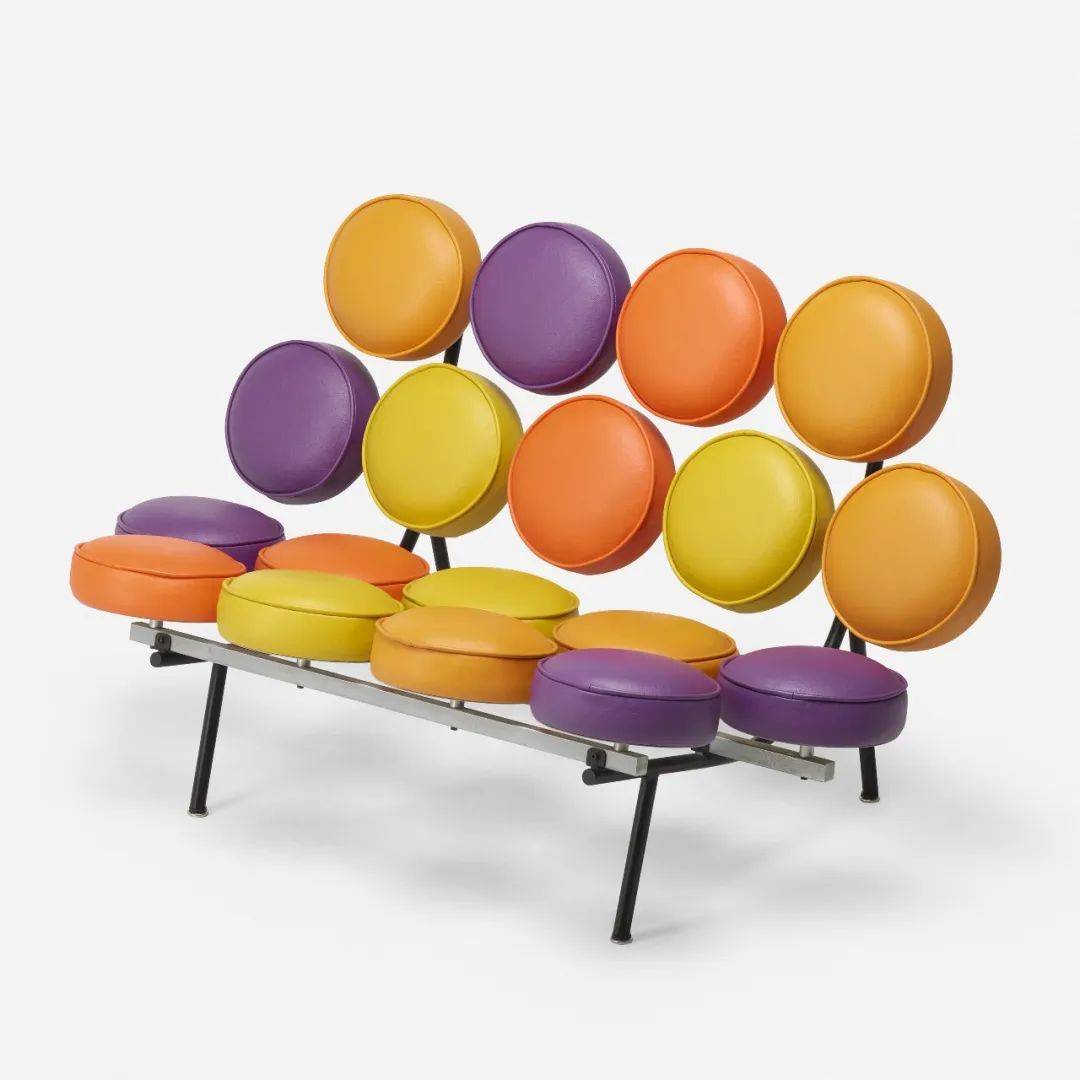
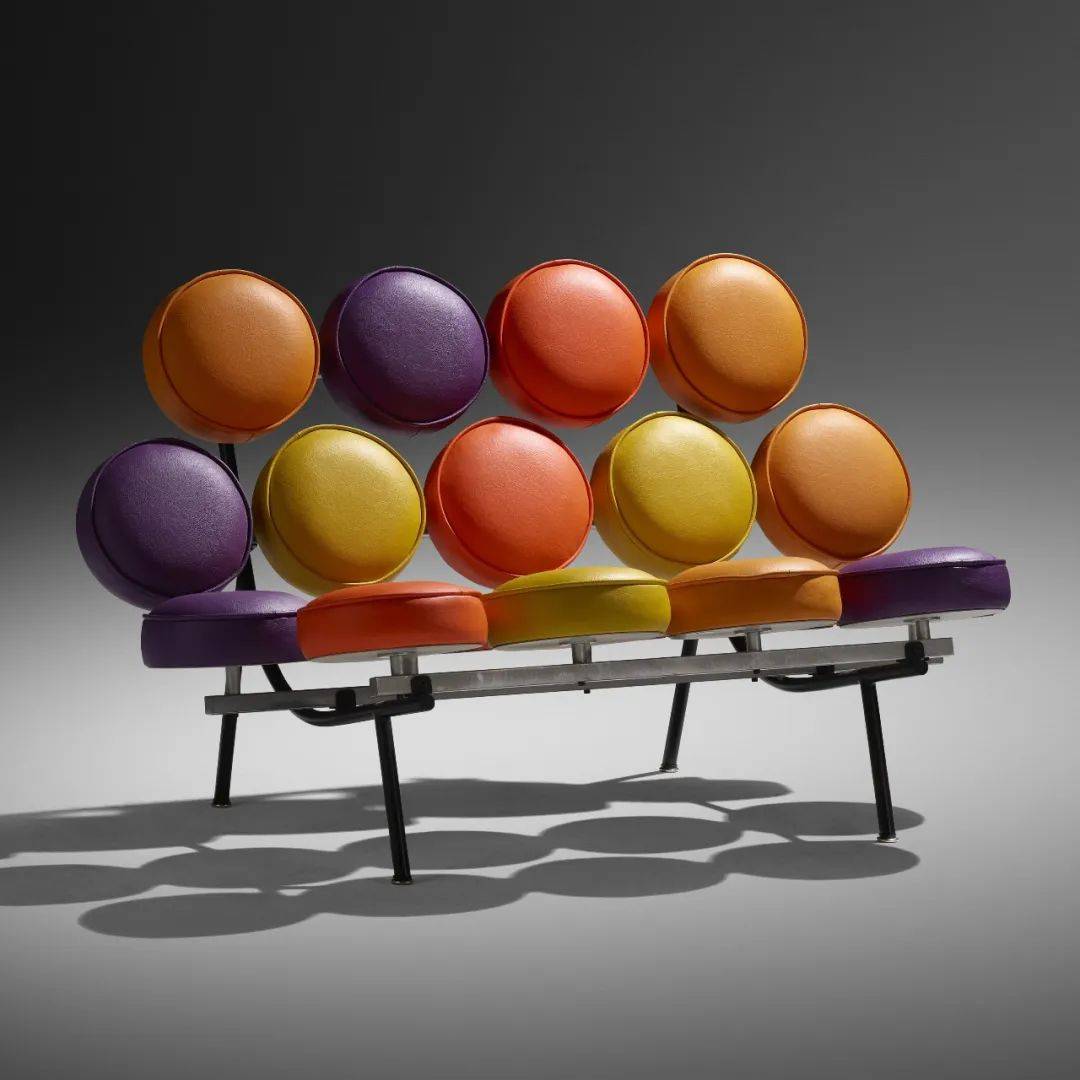
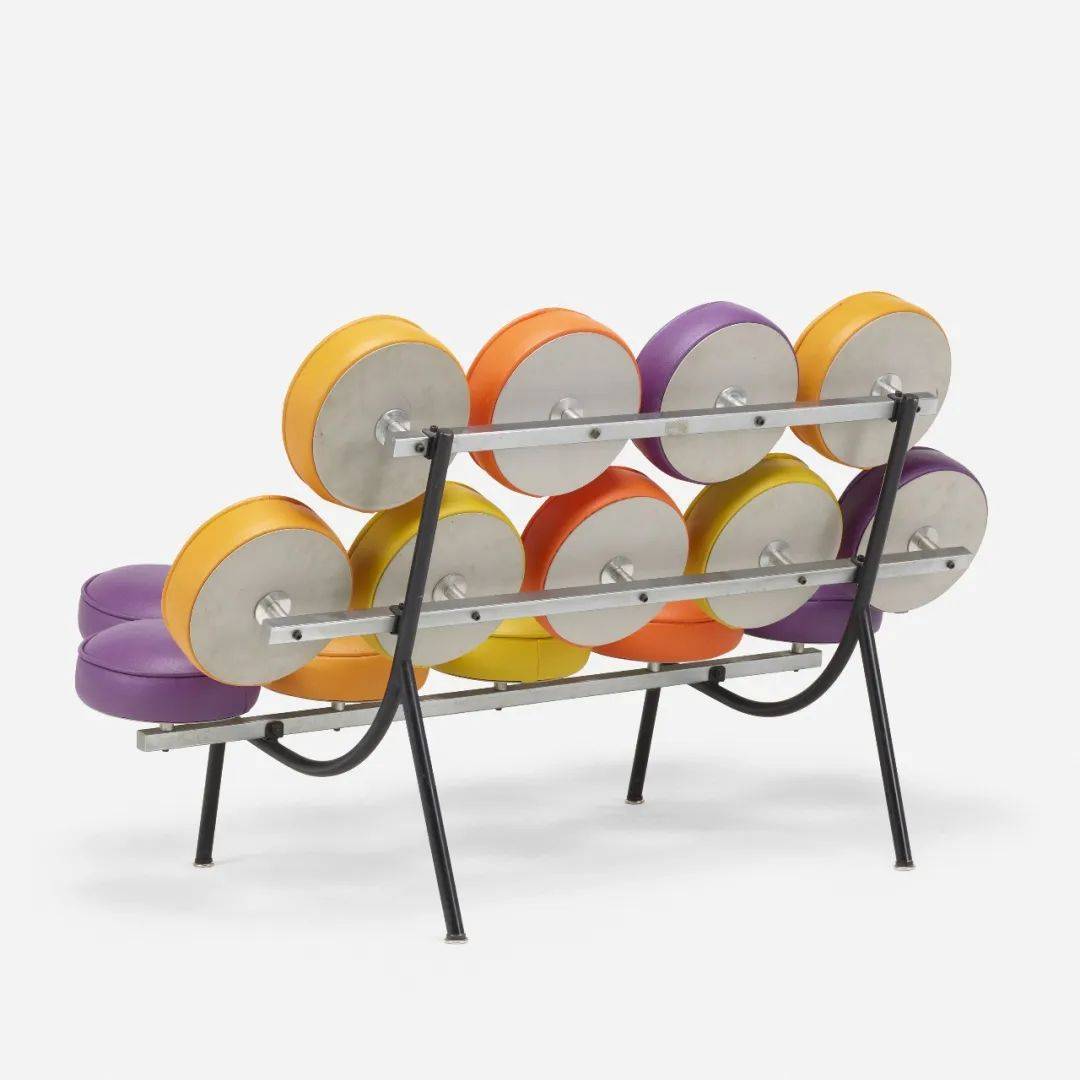

George Nelson & Associates, Marshmallow sofa, for Herman Miller, USA, 1956
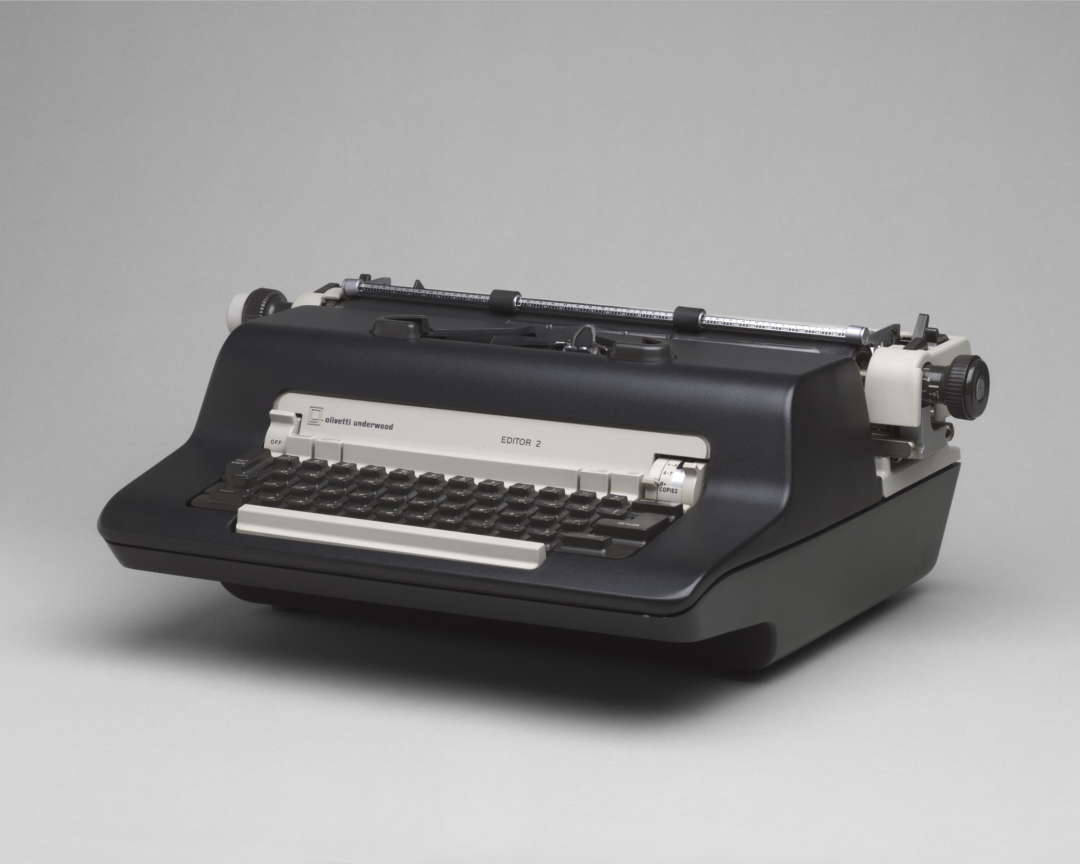
George Nelson, Editor 2 Electric Typewriter, Die-cast aluminum casing, 1968, made by Olivetti Underwood Corporation, New York, NY





 复制链接
复制链接
